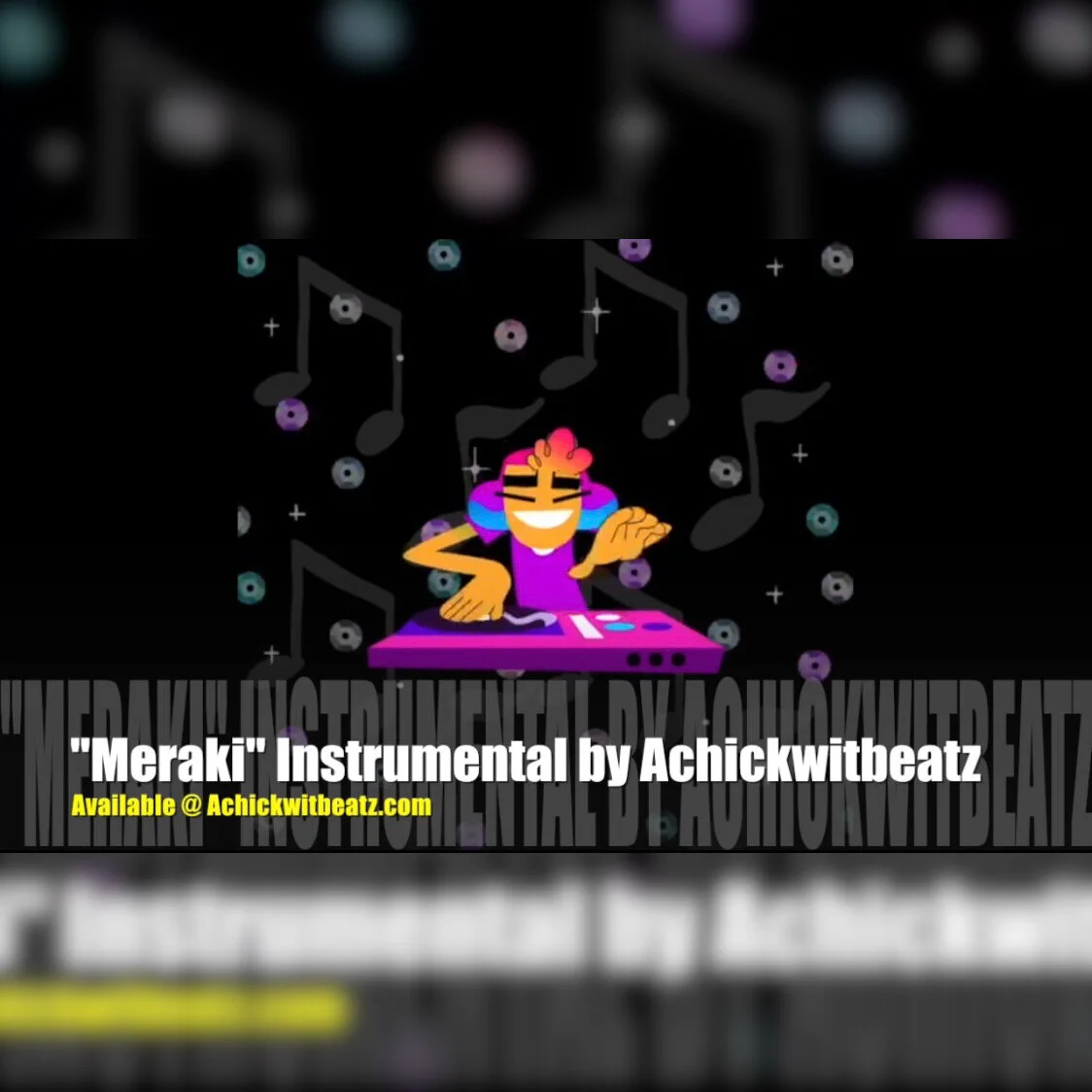Photo by Thomas Vena on Unsplash
As part of my ongoing music marketing research for independent artists, I’ve been exploring what really resonates with fans online, and behind-the-scenes (BTS) content continues to be a frontrunner. Listeners are looking for authentic connections with the artists they support. We’ve all heard the generic “share your process” advice, but what types of moments do fans actually care about, interact with, and remember? If you're an indie artist trying to grow your audience, monetize your brand, and build loyalty in an oversaturated music market, having this kind of insight can open doors and unlock so much potential.
Why Behind-the-Scenes Content Works (When It’s Done Right)
Photo by Hans Vivek on Unsplash
Before getting into formats and ideas, it’s worth understanding why behind-the-scenes content is so effective. It essentially satisfies three major fan desires: connection, trust, and involvement. It connects because it humanizes you and creates a sense of access. It builds trust because it offers proof that you're doing the work and staying authentic. It gives a sense of involvement because it invites fans into the journey, instead of just presenting a polished final product without context.
In addition to helping you build authentic relationships by revealing the human behind the music, it also serves other important functions by:
Extending the lifecycle of your releases by creating additional touchpoints before, during, and after release
Increasing engagement across platforms, which algorithms reward with greater visibility
Creating additional monetization opportunities beyond music sales and streaming revenue
5 Types of Behind-the-Scenes Content That Actually Perform
Photo by Adhy Setya on Unsplash
1. Creative Process Footage (In the Music Studio & Beyond)
Photo by Akin Cakiner on Unsplash
Studio clips are common and can still work, but the key is context. What are you trying to create? What decisions are you making in the moment?
Fans are especially drawn to:
Voice memos of rough melodies or lyric ideas
Split-screen videos showing the progression of a track (demo → production → final mix)
Honest commentary on why something isn’t working and how you pivot
Tip: Use captions or voiceovers to explain the choices you're making. This helps turn passive watching into a narrative experience.
Even small gigs can produce high-value BTS content. Consider showing your audience:
How you mentally prepare before a show
Packing the car with gear (chaotic or not)
Soundcheck moments, especially when there's a hiccup
These moments can build relatability and give listeners a more personal stake in your performances.
Fans often find it interesting to see things they may not have considered, like how much work goes into one set, amplifying their respect for what you do.
3. The Making of Merch or Album Art
Photo by Sterling Lanier on Unsplash
This category is often severely underused by independent artists. People are visually motivated, and showing them the why behind your branding choices can deepen emotional investment.
Consider documenting:
The sketch-to-final process of a logo or cover design
The printing of your merch (especially DIY or small-batch)
Your reaction to seeing test products or samples
If you're collaborating with a designer, share snippets of your conversation (with permission) to show the care that goes into every detail.
4. Rehearsal Bloopers and Mistakes
Photo by Sayla Brown on Unsplash
This one goes against the common artist instinct to curate the perfect persona, but it makes sense. Controlled vulnerability plays well with online audiences. Fans love seeing:
Bandmates lightheartedly arguing over a song section
You missing a cue and laughing it off
“That take we’ll never speak of again” moments
It’s not about glorifying failure, but showing the real work behind getting it right.
Note: Always be strategic. Don’t post content that makes you look unprepared, but instead, highlight the resilience and humor in your journey.
5. Fan Reactions and Your Response
Photo by Tarikul Raana on Unsplash
One powerful form of BTS content is meta: you show fans your experience of their experience. Examples include:
Watching or reacting to a fan’s TikTok using your song
Sharing a DM that touched you (with permission or redacted info)
Showing the behind-the-scenes of making a reply video or duet
It closes the loop and reinforces the idea that your audience is part of the team, not just the end consumer.
Distribution Tips: Where and How to Post BTS Content
Photo by Lerone Pieters on Unsplash
TikTok, Instagram Reels, & YouTube Shorts: Prioritize short-form vertical content, ideally under 30 seconds. These platforms are where casual fans discover you, so clarity and personality are key.
YouTube Vlogs: Use for more in-depth stories or multi-part BTS content. If you have a recurring video theme (like “Studio Sundays”), consistency helps build anticipation.
Email Newsletters & Patreon: This is where you can go deeper, with longer clips, exclusive commentary, or early access to BTS drops. These channels reward your superfans.
Final Thought: Don’t Over-Polish It
One of the biggest mistakes indie artists make (and I've been guilty of this myself) is overproducing their behind-the-scenes content. If it feels staged, it defeats the purpose.
Real behind-the-scenes content isn't about being messy or random, but it’s about pulling back the curtain just enough to show your process, your effort, and your humanity. Think of it less as “bonus content” and more as relationship marketing.
As I continue this research series, I’ll keep testing ideas and sharing what works. If you’ve seen any behind-the-scenes content that moved you (or flopped), let me know. This space is constantly evolving, and indie artists can win by staying adaptive and genuine.
Want more breakdowns like this? Stay tuned.
- Art
- Independent Labels
- Internet Radio
- Music Documentaries
- Album Reviews
- Music History
- Music Industry News
- Free Game Friday
- Free Downloads
- Poetry
- Books
- Interviews
- Did You See It?!
- Hip Hop History
- Hear Here
- Music News
- Hip Hop Documentaries
- Music Marvels Radio Show
- Think Piece Thursday
- Mini Documentaries
- Instrumental Intel
- Music Humor
- Indie Analysis
- Conversations & Quotables
- Music
- Resources for Artists
- Podcasts
- Beats/Instrumentals
- Music Education
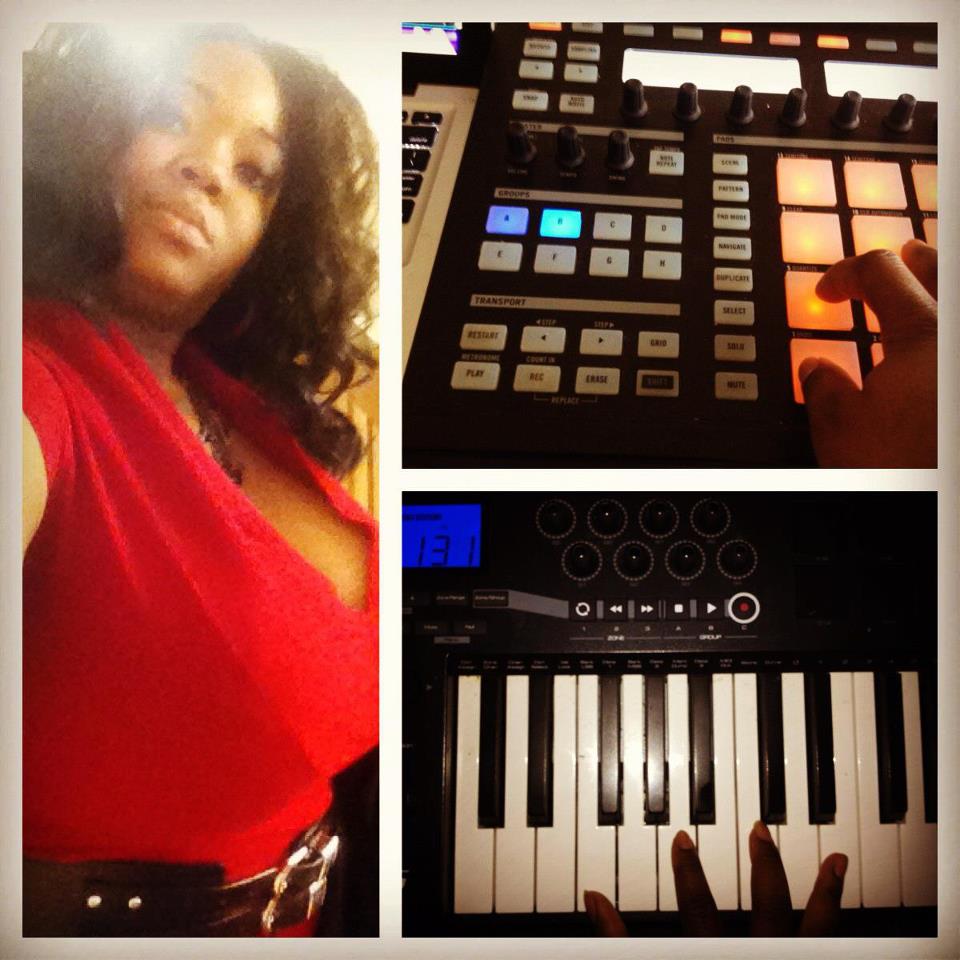

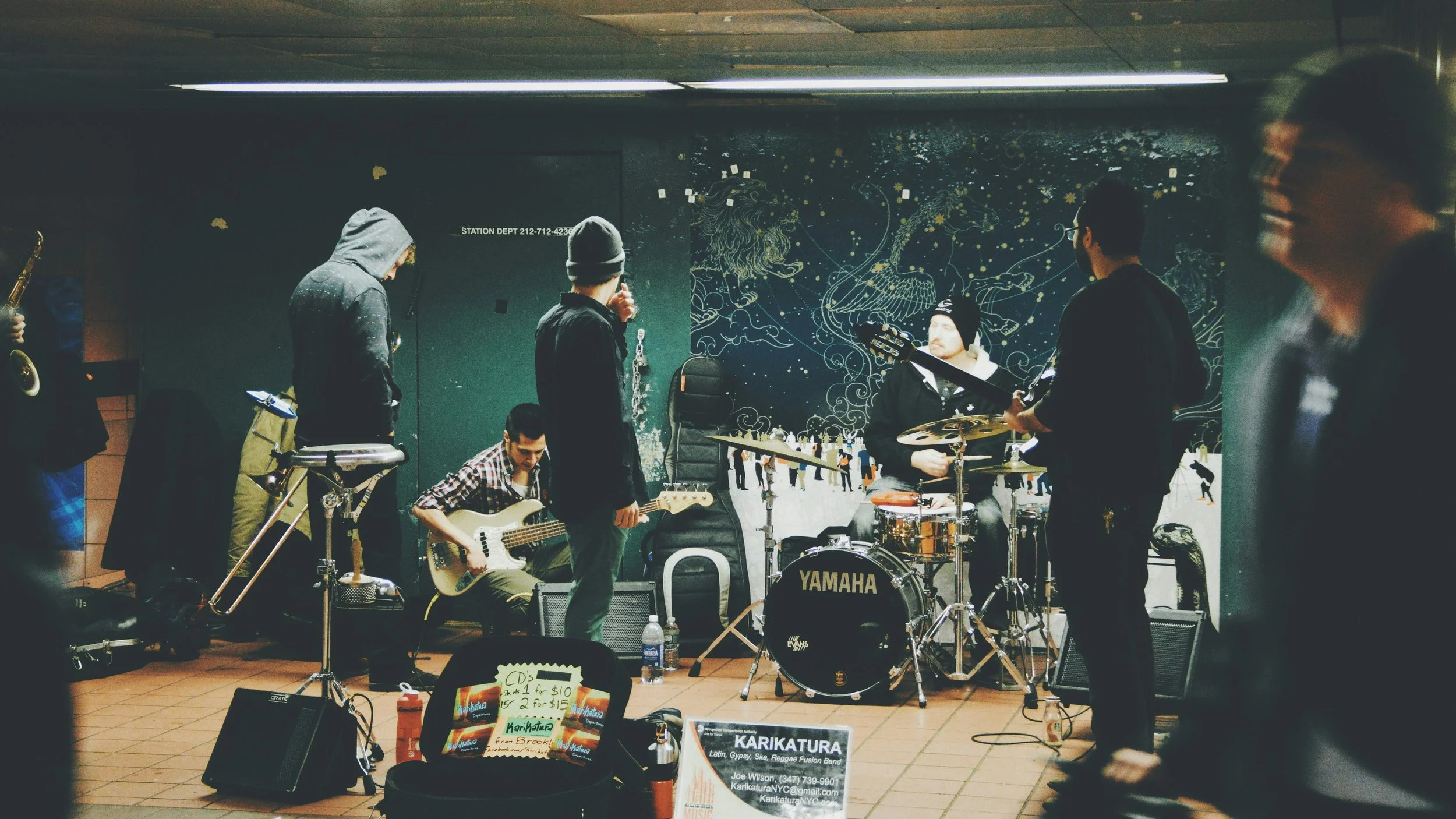













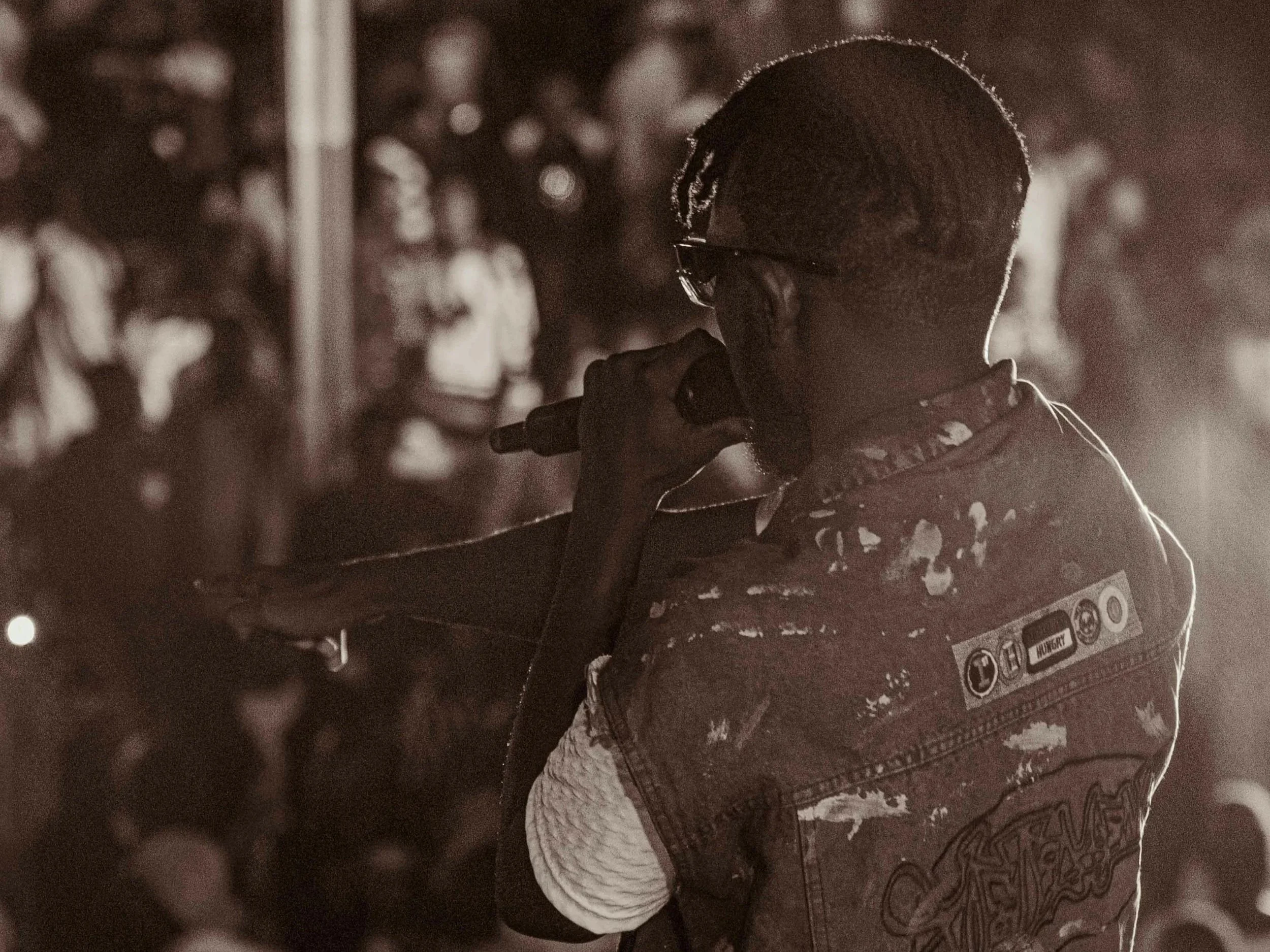



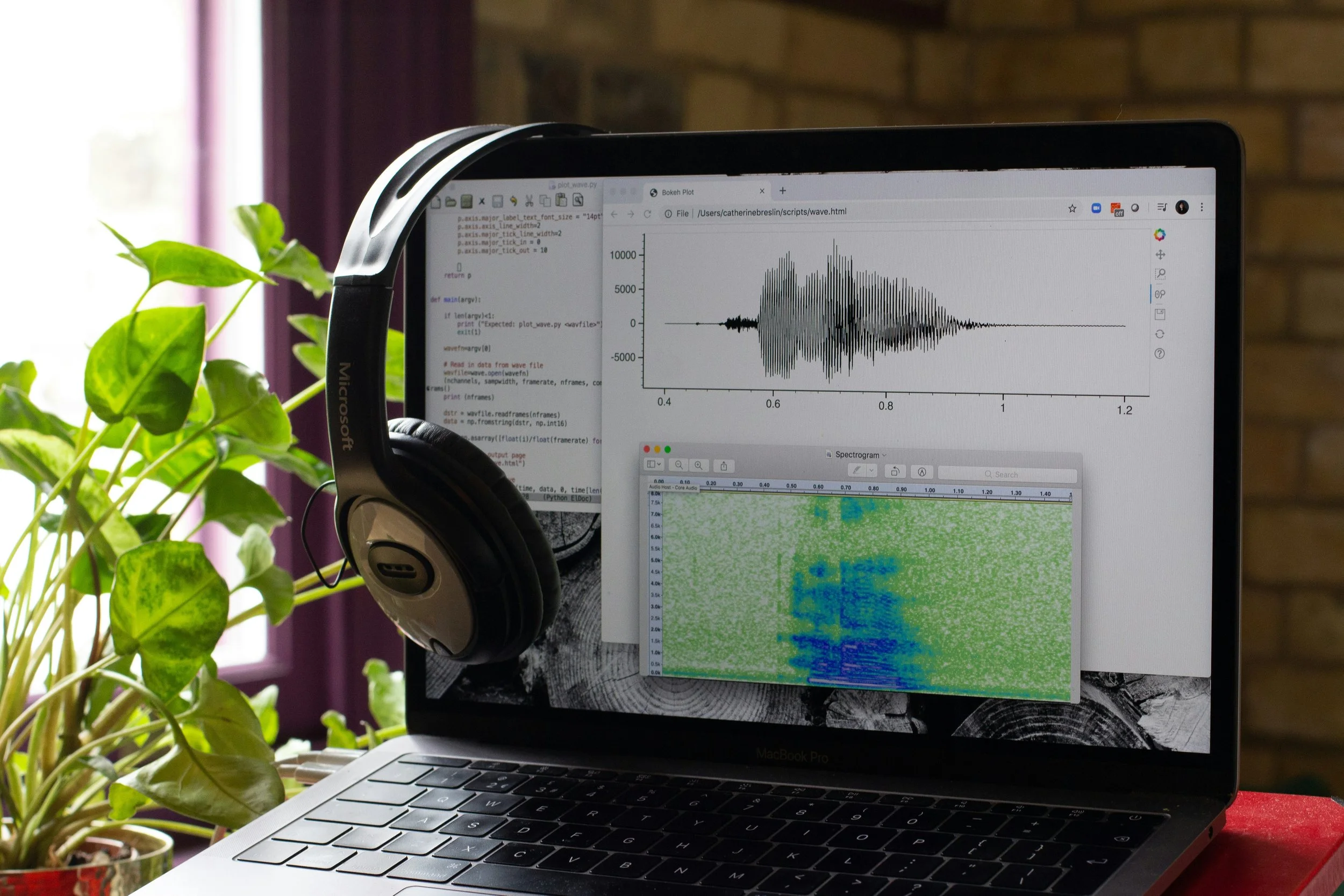






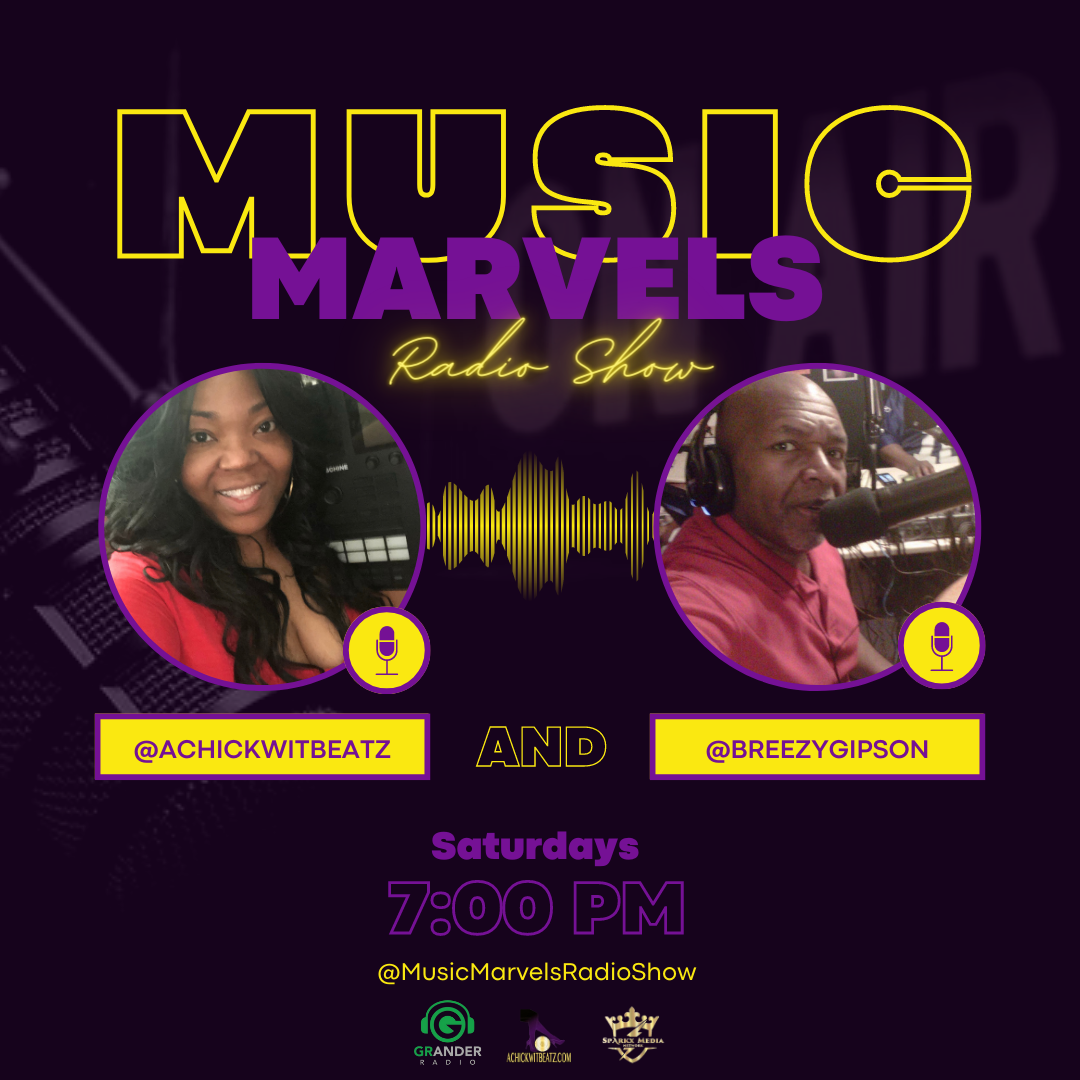
![Hear Here: Achickwitbeatz - Dopamine & Serotonin [Single]](https://images.squarespace-cdn.com/content/v1/52b0b90ae4b0293bfed0d692/1710852808557-EZYGFDIBHLBSIRFOVS1Q/Dopamine+%26+Serotonin.JPG)



